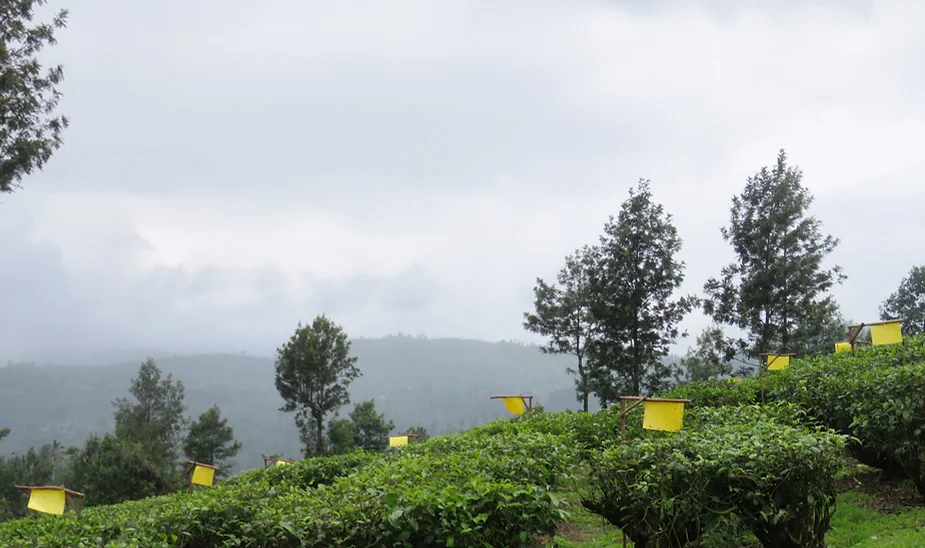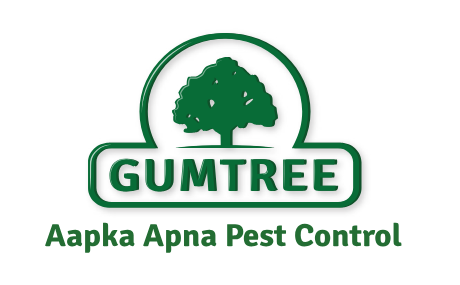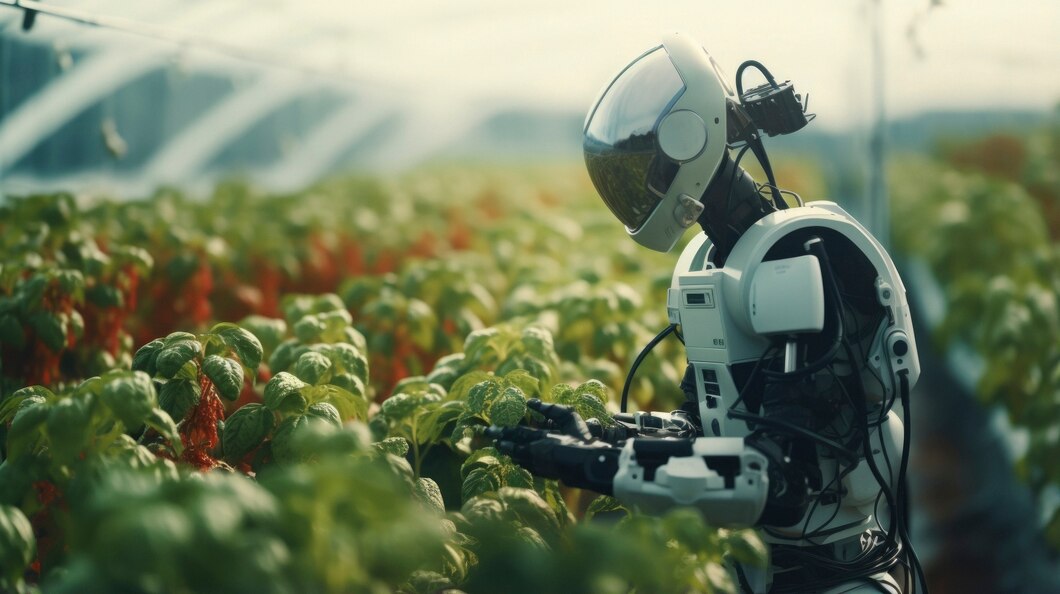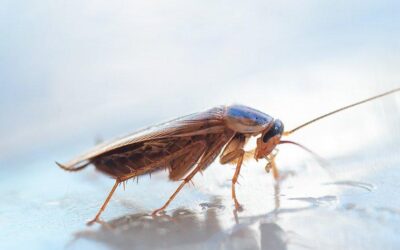Pest control in precision agriculture, also known as precision farming, refers to the use of advanced technologies to accurately monitor and control pests in agricultural fields.
Precision pest control minimizes the use of pesticides and other chemicals while effectively controlling pest populations and protecting crops from damage.
Several key strategies are commonly used in precision pest control:
Monitoring pest populations: Advanced sensors and monitoring systems can detect pest presence and population levels in a field. Such pest monitoring allows farmers to target pest control measures only when and where they are needed, rather than applying pesticides over the entire field.
Several different types of sensors and monitoring systems detect pest presence and population levels in a field. Some of the most common types of sensors include:
Remote sensing systems: These systems use aircraft or satellite mounted sensors on to collect data of crop health and condition. Remote sensing data can easily identify field areas that are experiencing pest problems.
Field-based sensors are detect pest presence and population levels directly through field-based sensors. For example, the data from pheromone traps that capture pests can determine pest population levels.
Automatic pest detection systems: These systems use machine-learning algorithms to analyze data from remote sensing systems, field-based sensors, and even social media posts to detect pest presence.
Farmers can get more accurate pest population levels in their fields by using these advanced sensors and monitoring systems.
Knowing pest population allows farmers to target pest control measures only when and where needed, rather than applying pesticides over the entire field.
Targeted pesticide application reduces the environmental impact of pest control measures and saves farmers’ time and money.
Biological pest control: Also known as biosocial pest control, it uses natural predators and parasites to control agricultural pest populations.
Biological pest control can be an effective alternative to chemical pesticides to reduce the environmental impact of pest control and minimize the risk of chemical residues in the final product.
There are several different types of biological pest control methods for use in precision agriculture:
Releasing beneficial insects: Farmers can release beneficial insects into their fields to control pest populations. Examples of beneficial insects include ladybugs (or ladybird beetles), lacewings, and parasitic wasps, which prey on pests such as aphids, mites, and other small insects.
Using biological pesticides: These pesticides derived from natural substances such as plants and microbes controls specific pests.
Biological pesticides can be less toxic than chemical pesticides and are often more specific in their target pest, which reduces their impact on non-target species.
Implementing integrated pest management (IPM) strategies: IPM combines a variety of methods, including biological control, to manage pests in an environmentally responsible way.

IPM strategies involve monitoring pest populations, using cultural control measures, and applying chemical pesticides only when necessary.
Overall, using natural predators and parasites in precision agriculture effectively controls pest populations while minimizing chemical use.
Using natural predators and parasites protects crops, reduces the environmental impact of pest control, and improves the safety and quality of the final products in precision agriculture.
Cultural control measures: Cultural control refers to using non-chemical methods to managing pests in agricultural fields by effectively reducing pest populations and protecting crops while minimizing chemical use.
Some examples of cultural control measures in precision agriculture include:
Crop rotation: One of the most effective ways to control pests is to rotate crops from one year to the next. Crop rotation breaks the pest life cycle and prevents pest build-up in crop monocultures.
Planting pest-resistant varieties: Some plant varieties are naturally resistant to certain pests, and farmers can choose to plant these varieties to reduce the need for chemical pesticides.
Maintaining healthy soil: Healthy soil can help support healthy plants that are less susceptible to pest damage. Farmers can use cover cropping, composting, and proper fertilization to maintain healthy soil in their fields.
Using physical barriers: Physical barriers, such as netting or plastic film, protects crops from pests. For example, netting protects fruit trees from birds and plastic film creates a physical barrier between pests and crops.
Implementing cultural control measures can be an important part of precision agriculture’s integrated pest management strategy. Cultural measures can reduce the need for chemical pesticides and improve overall crop health and productivity.
Precision spraying equipment refers to specialized agricultural equipment that accurately applies pesticides only where they are needed rather than over the entire field. When chemical pesticides are needed, farmers can use precision spraying equipment to apply the chemicals only where they are needed rather than over the entire field. Targeted pesticide application reduces the environmental impact of pest control efforts.
Precision spraying reduces the environmental impact of pest control efforts and saves farmers time and money.
There are several types of precision spraying equipment used in precision agriculture:
Variable rate sprayers: These sprayers use sensors and computer control systems to adjust the pesticide application rate based on real-time field data. Variable rate application control allows the sprayer to apply pesticides only to the areas experiencing pest problems rather than the entire field.
GPS-guided sprayers: These sprayers use GPS technology to navigate the field and apply pesticides only to the areas that need them. GPS-guided spraying reduces the risk of over-spraying and improves the accuracy of pesticide application.
Drone-based sprayers: Drones can use precision spraying equipment to apply pesticides to specific field areas. Drone-based spraying is useful for hard-to-reach areas or fields with irregular shapes.
The use of precision spraying equipment in precision agriculture helps farmers to apply pesticides only where they are needed, reducing the environmental impact of pest control efforts and improving treatment efficiency and effectiveness.
Conclusion
In conclusion, pest control in precision farming helps farmers to protect their crops while minimizing the use of chemical pesticides, which can benefit both the environment and human health.
Precision pest control involves using advanced technologies to monitor and control pest populations in agricultural fields accurately.
Some key strategies that are commonly used in precision pest control include:
- Monitoring pest populations using advanced sensors and monitoring systems
- Using natural predators and parasites to control pest populations through biological pest control methods
- Implementing cultural control measures, such as crop rotation and planting pest-resistant varieties
- Applying targeted pesticides using precision spraying equipment
By using the above strategies, farmers can effectively control pest populations while minimizing the use of chemicals, which can help to reduce the environmental impact of pest control efforts and improve the safety and quality of the final products.
Overall, precision farming is an effective way to protect crops and promote sustainable agriculture practices.







